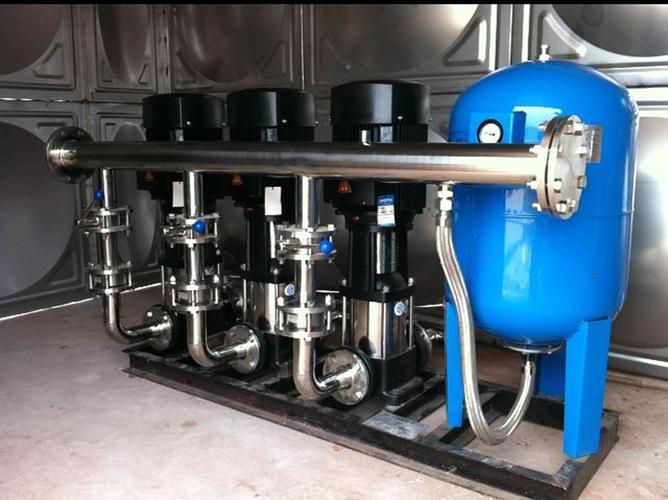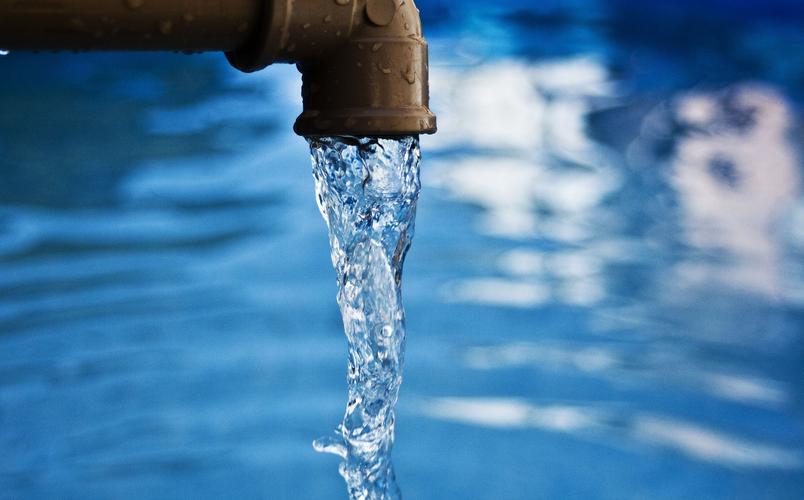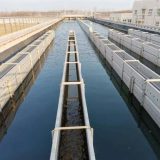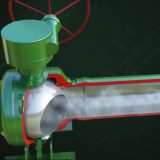The principles of valve selection in the water supply network
A Sanitary valve is the equipment for conveying drinking water, the valve body lining must be non-toxic, corrosion-resistant, wear-resistant, and clean so that the water flow resistance is as small as possible. If the valve pressure plate, bolts, and butterfly plate material are different, it is easy to electrochemical corrosion, corrosion generated rust extended to the sealing surface, affecting the sealing effect of the valve.

In addition, the valve is installed in the valve well, immersed in water, to prevent rust is very important, so the lining should be covered perfectly to prevent the secondary pollution of the water supply caused by rust corrosion.
The selection of valves
1, conventional valves are butterfly valves, gate valves, ball valves, plug valves, and several others, the selection should consider the range of valves used in the water supply network.
2, in order to reduce the depth of the pipeline cover, the general caliber of the larger pipeline optional butterfly valve; the butterfly valve’s main disadvantage is that the butterfly plate occupies a certain water cross-section, increasing a certain amount of head loss.
3, the impact on the depth of cover is not significant, and strive to match the gate valve; electric gate valve large-diameter vertical gate valve height affects the depth of cover of the pipeline, and large-diameter horizontal gate valve length increases the pipeline occupies the lateral area, affecting the arrangement of other pipelines.
4, ball valves and plug valves casting and processing difficulties, more expensive, generally applicable to small and medium diameter pipelines. Ball valves and plug valves maintain the advantages of gate valve single, low resistance to water flow, reliable sealing, flexible action, easy operation, and maintenance. The plug valve also has similar advantages, but the water cross-section is not positive round.
5, in recent years, due to the improvement of casting technology, using the resin sand method of casting, can avoid or reduce the mechanical processing, thereby reducing the cost, so the feasibility of ball valves for large diameter pipelines is worth exploring. The caliber size of the dividing line should be considered around the division according to specific circumstances.
6, at present, the valve market has developed a soft seal gate valve, this new gate valve traditional wedge or parallel double gate type gate valve has several differences.
7, soft seal gate valve body, cover using the precision casting method casting, a molding, no mechanical processing at all, do not use the sealing copper ring, saving non-ferrous metals.
8, soft seal gate valve bottom without pits, no accumulation of slag, and a low failure rate of gate valve opening and closing.
9, soft seal rubber-lined valve plate has size uniformity and interchangeability. Therefore, the soft seal gate valve will be the development direction of the gate valve, but also the pipeline water supply industry is willing to accept a valve. When opening or closing the soft seal gate valve, it must not be closed too dead, as long as the water-stopping effect can be achieved, otherwise, it is not easy to open or peel off the rubber lining.
10, Most of the sanitary butterfly valves used in the pipeline water supply industry are soft seal butterfly valves, and for the butterfly valves in the installation process the rubber ring is easily damaged to affect the sealing, many manufacturers have introduced metal seal butterfly valves instead of rubber ring seal butterfly valves. Metal seal butterfly valves due to the smaller elasticity of the seal, generally use eccentric structure, especially with three-dimensional eccentric structure is more reasonable.
Evaluate and test the performance of the valve
The special characteristics of sanitary valves require reliable quality and excellent performance.
Evaluation of the performance of the valve and performance testing, the following points should be noted.
1, the valve is flexible and light to open and close under working water pressure, and the opening torque is tested with a torque wrench under working water pressure.
2, the valve closed tightly, 1.1 times the working water pressure does not leak or leakage in line with the standard requirements, which require both sides of the valve to turn under pressure, respectively, testing, and multiple opening and closing to achieve the same effect. Requirements of various calibers and different types of valves should be in the manufacturer and qualified units for testing with load opening and closing life testing. This test also includes the evaluation of the valve shaft sealing effect.
3, the valve overflow capacity to be strong, especially the butterfly valve, the butterfly plate overflow resistance to be small, overflow effective area to be large. This requires that various calibers and different types of valves should be subjected to the determination of the flow resistance coefficient.
4, the ability of the valve body to withstand water pressure should be consistent with the pipeline, that is, in the valve open state, and the valve can withstand the requirements of the pipeline test pressure.





